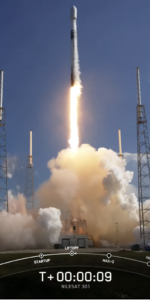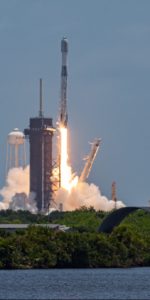
SpaceX aims to launch three Falcon 9 missions from the East and West Coasts of the United States in just 36 hours, starting lunchtime Friday, as an ambitious June heats up. Leading the triplet of flights will be the first 13-times-used Falcon 9 booster core, which will lift a stack of 53 Starlink low-orbiting internet communications satellites from historic Pad 39A at the Kennedy Space Center (KSC) in Florida, no sooner than 12:08 p.m. EDT Friday.
Attention then will turn to Space Launch Complex (SLC)-4E at Vandenberg Space Force Base, Calif., for the early Saturday launch of a German radar-imaging surveillance satellite at 6:50 a.m. PDT Saturday, before heading back east to storied Space Launch Complex (SLC)-40 at Cape Canaveral Space Force Station at 12:25 a.m. EDT Sunday with a Globalstar-2 global mobile communications satellite and a highly secretive payload for an undisclosed U.S. Government customer.
If achieved, it will mark the quickest three-launch tempo in SpaceX history, with an anticipated 36 hours and 17 minutes between the missions. The Hawthorne, Calif.-headquartered launch services provider previously executed three back-to-back missions in only 67 hours back in late January and early February and on two occasions in December 2021 and last month flew pairs of Falcon 9s within 24 hours of each other.
In readiness for this weekend’s two East Coast launches, a pair of Autonomous Spaceport Drone Ships (ASDS)—“Just Read the Instructions” and “A Shortfall of Gravitas”—have been pressed simultaneously into service to recover the core stages. ASOG departed Port Canaveral last Sunday, bound for a position about 400 miles (650 kilometers) downrange, in support of Friday’s Starlink mission, whilst JRTI did likewise on Tuesday, heading outbound into the Atlantic for Sunday’s Globalstar mission. It will be JRTI’s second Falcon 9 “catch” of June, after having previously recovered the B1062 booster from last week’s launch of the Egyptian Nilesat-301 communications satellite.
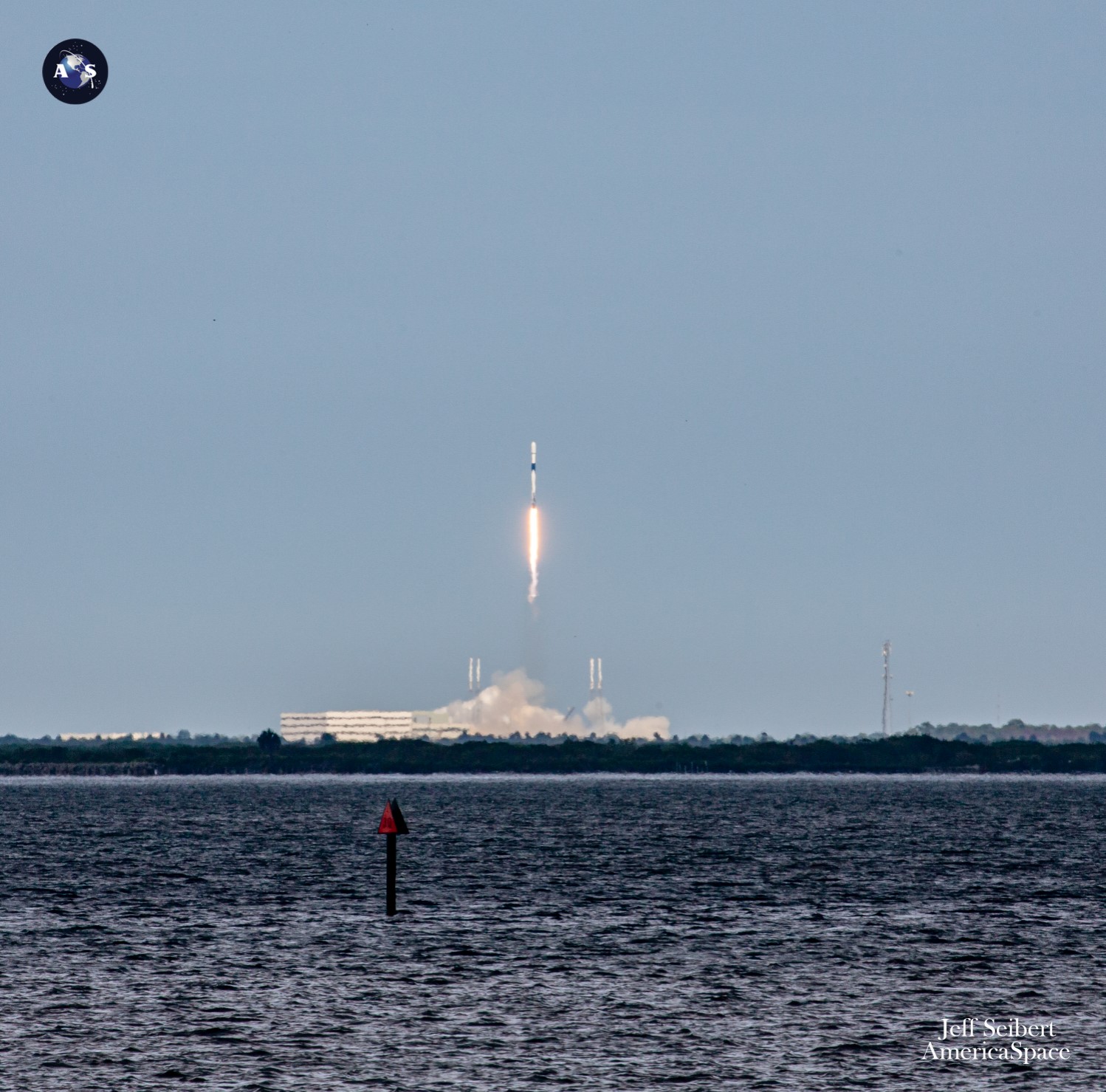
Flying the 53-strong batch of Starlinks uphill from KSC tomorrow will be none other than B1060, the first Falcon 9 core ever to log a 13th mission. First flown back on 30 June 2020 to deliver the third Block III Global Positioning System (GPS) navigation and timing satellite to Medium Earth Orbit (MEO) for the U.S. Space Force, she went on to support nine dedicated Starlink missions between September 2020 and April 2022, heaving a grand total of 500 of these flat-packed internet communications satellites into orbit.
She also launched Turkey’s powerful Türksat 5A geostationary communications satellite in January 2021 and the 88-payload Transporter-2 rideshare mission the following June. Less than two years since her maiden flight, B1060 has lifted an estimated 361,000 pounds (164,000 kilograms) of payload off the planet.
Her career to date has seen her land 11 times on the deck of an ASDS and once on solid ground at Landing Zone (LZ)-1 at the Cape. And she was 2021’s most frequent flyer for SpaceX, logging a record six launches, more than any other Falcon 9 booster in a single calendar year.
Also waiting in the wings on the Space Coast is another veteran booster, B1061, gearing up for the ninth launch of her career. Liftoff from the Cape’s SLC-40 is targeted for a few minutes past midnight, at 12:25 a.m. EDT Sunday. Aboard will be a hitherto-undisclosed classified payload for a U.S. Government customer, together with a Globalstar-2 global mobile communications satellite, the latter provided by Covington, La.-based Globalstar, Inc.
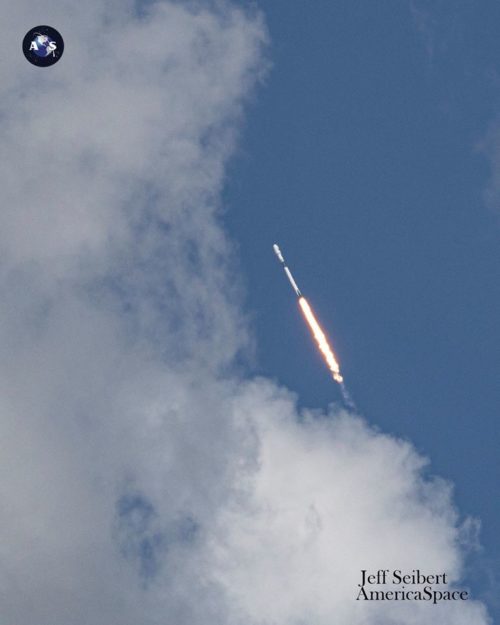
Reportedly weighing around 1,500 pounds (700 kilograms) and built upon Thales Alenia Space’s Extended Lifetime Bus (ELiTeBus), the satellite will furnish global digital, real-time voice and data traffic. It will assume an orbital altitude of 870 miles (1,400 kilometers) and will remain operational for up to 15 years.
The mission only entered the public domain earlier in June, following a Federal Communications Commission (FCC) Request for Special Temporary Authority (STA) “to authorize launch vehicle communications for Mission 1575”. Nothing more has been revealed about this payload, which looks set to become SpaceX’s seventh fully classified customer. It follows on the heels of the National Reconnaissance Office’s NROL-76 in May 2017, the X-37B Orbital Test Vehicle (OTV) in September 2017, the controversial Zuma—rumored lost soon after its January 2018 launch—and more recently NROL-108 in December 2020 and NROL-87 and NROL-85 last February and April.
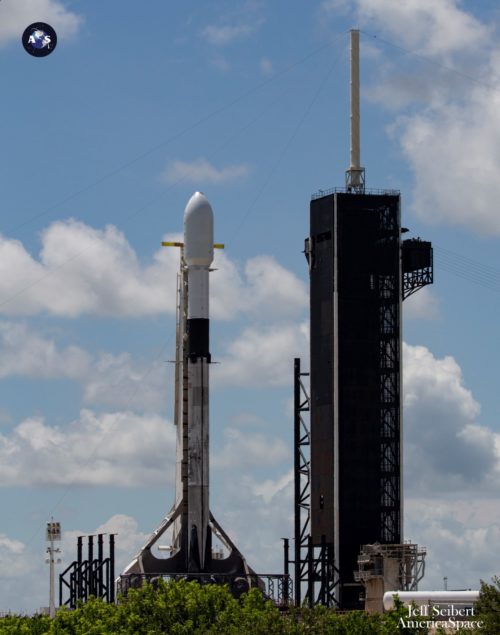
Weather forecasts for the weekend paint a favorable picture, with an 80-percent likelihood of acceptable conditions on both Friday and Saturday. “Lower than normal rain chances and near-record heat will be the story this week as a strong mid- to upper-level ridge persists over the Southeastern U.S.,” noted the 45th Weather Squadron at Patrick Space Force Base in its Tuesday update.
It added that while a brief shower cannot be ruled out, overall conditions looked favorable for Friday’s Starlink launch, with a similarly good picture heading into the weekend. “The main concern is the Cumulus Cloud Rule,” the 45th cautioned.
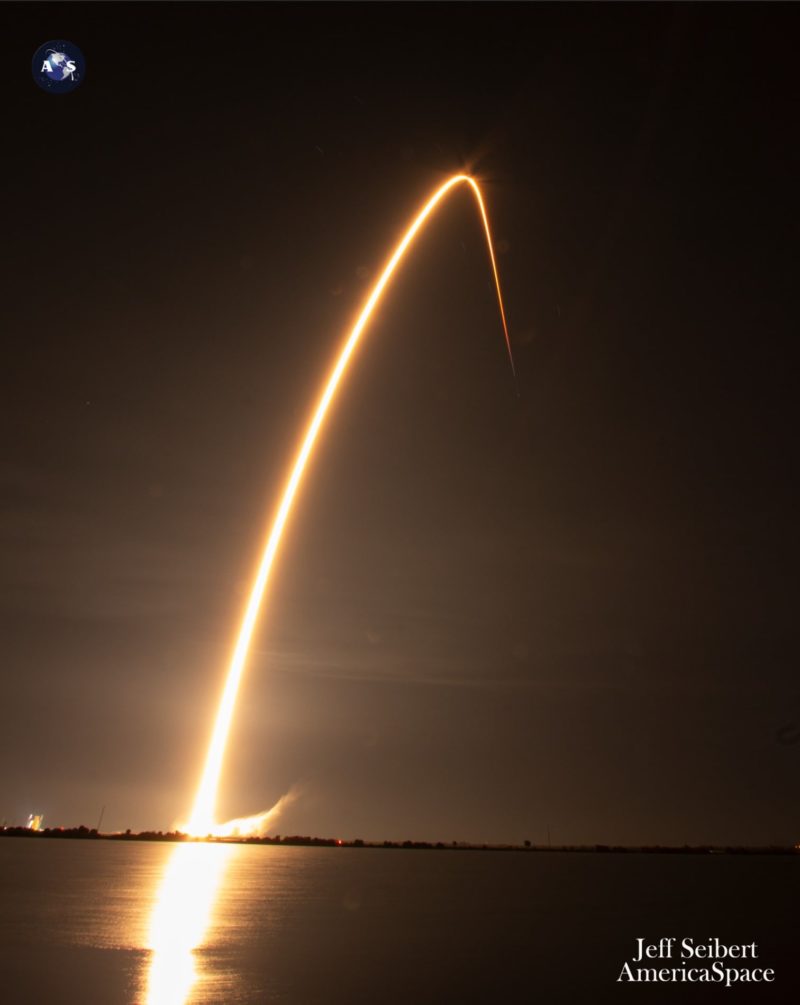
“On Saturday, a weak surface boundary will push into the Southeastern U.S. The boundary itself will not reach Central Florida, but it will shift winds southwesterly and increase moisture in the area.” This is expected to produce a heightened likelihood of showers and storms from Saturday afternoon onwards, with the primary violating concern remaining the Cumulus Cloud Rule.
Sandwiched between these two missions is the fifth Falcon 9 flight of the year out of Vandenberg Space Force Base, Calif., targeted to fly at 6:50 a.m. PDT Saturday. Tying with 2017 for the second-highest number of SpaceX launches out of the mountain-ringed West Coast launch site, it falls just shy of the empirical record of six Falcon 9s flown from Vandenberg in 2018.
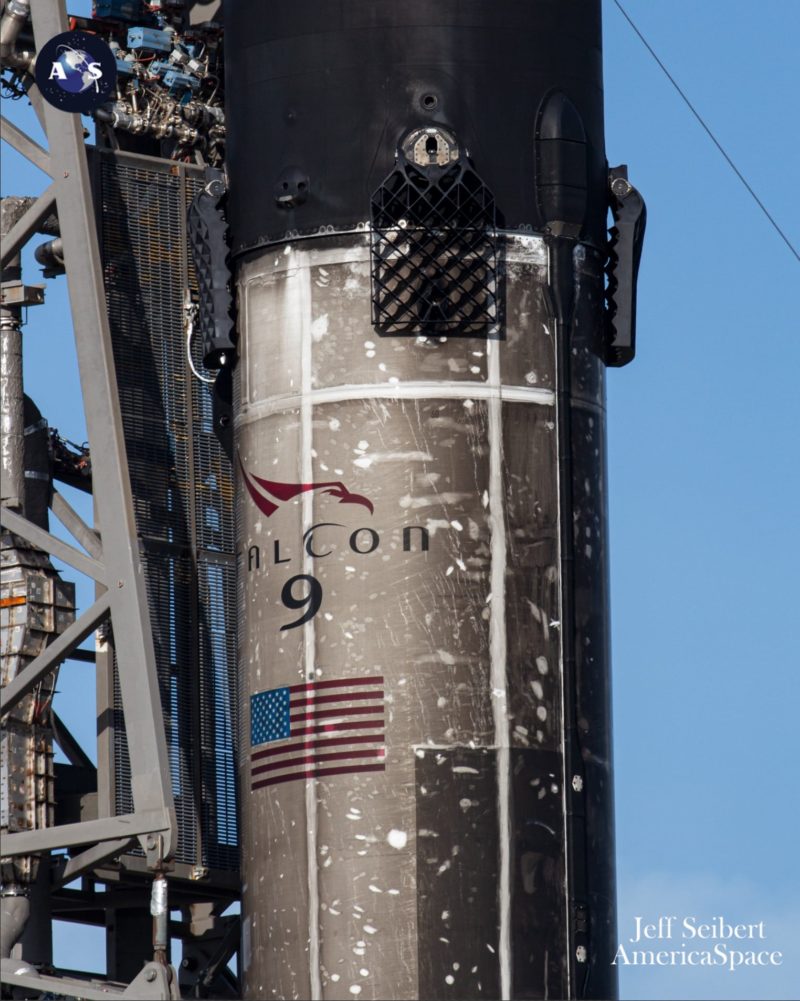
Aboard the mission is Germany’s SARah-1 military surveillance satellite, equipped with a powerful phased-array Synthetic Aperture Radar (SAR). Weighing around 4,000 pounds (8,900 kilograms), it will be delivered to an operational altitude of 465 miles (750 kilometers), where it will be joined by two “passive” SARah reflector satellites later this year or perhaps early in 2023.
Contracts for the development of three SARah satellites, supported by a pair of ground stations, were awarded by the German Government to the Bremen-based OHB technology corporation in July 2013, valued at 816 million euros ($850 million). It represents a follow-on program from Germany’s five-satellite SAR-Lupe surveillance network, launched from Russia’s Plesetsk Cosmodrome between December 2006 and July 2008. OHB has primary responsibility for supplying the two passive SARah reflector satellites, whilst EADS Astrium—now part of Airbus Defence and Space—provides the “active” phased-array SARah-1 satellite.
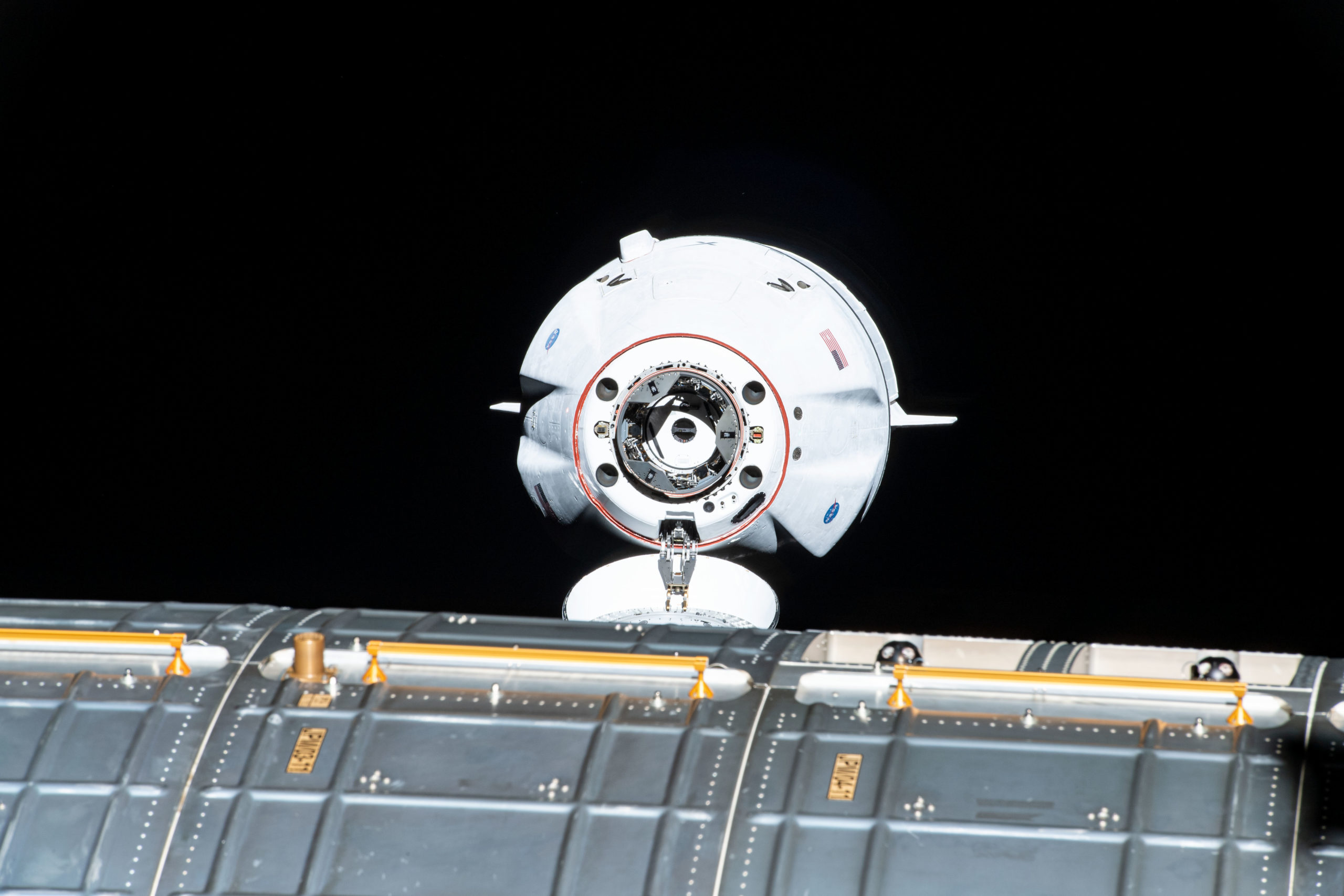
“By linking these two radar technologies,” OHB noted in a news release, “it will be possible to substantially enhance the efficiency of the overall system.” Airbus added that the dual usage of passive and active antenna technologies by SARah will permit observations “regardless of the time of day or weather conditions”. It was added that the phased-array technology furnishes the advantages of very fast pointing and very flexible shaping of the antenna beam to delivery imagery in record time.
Original plans called for the SARah ground segment to be ready for operation by fall 2016 and for the system itself to be launched and ready for full operations by 2019, but the program has slipped inexorably to the right. Earlier this week, Airbus announced that SARah-1 had been transported from Friedrichshafen, Germany, to Vandenberg for pre-launch preparations. After SARah-1’s launch, the Friedrichshafen site will oversee the Launch and Early Orbit Phase (LEOP) as the satellite is commissioned into service.
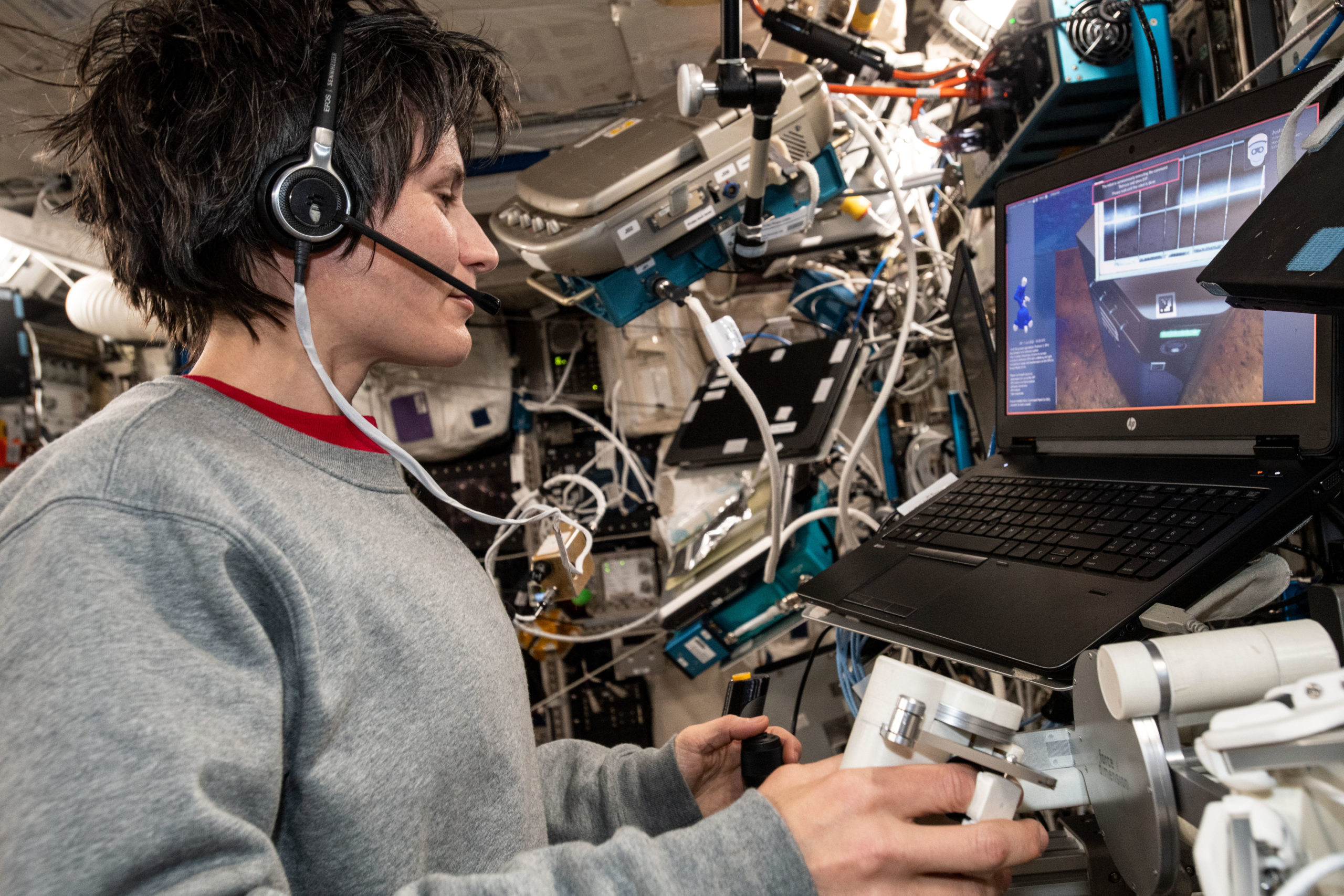
It is anticipated that the Falcon 9 booster from the SARah-1 launch will perform a Return to Launch Site (RTLS) maneuver and touch down on Landing Zone (LZ)-4 at Vandenberg. And if the three missions run in their stated sequence, the SARah-1 mission will be SpaceX’s 25th flight of 2022. Ahead is the planned flight of the SES-22 communications satellite before month’s end, which promises to make June the third back-to-back month with at least five Falcon 9 launches.
Meanwhile, the CRS-25 Dragon cargo mission—bound for the International Space Station (ISS)—will fly no sooner than 11 July. Earlier this month, during propellant loading of the Dragon, elevated vapor readings of monomethyl hydrazine were detected in an isolated region of the ship’s propulsion system. Propellant and oxidizer were offloaded as engineers conducted inspections and tests.




